Epistemic status: Established and confirmed
There has been a tremendous amount of research on “implementation intentions” since their development by psychologist Peter Gollwitzer in the late 1990’s. A meta- analysis of 94 studies involving 8461 participants found that interventions using implementation intentions were an average of .65 standard deviations more effective than control interventions. Similar effect sizes were found in the 34 studies which looked at behavioral change on personal or health goals (average of .59 standard deviations more effective). Trigger-action planning—our version of implementation intentions—draws directly on this research and has proven useful to the majority of our alumni for a wide range of problems, tasks, and goals.
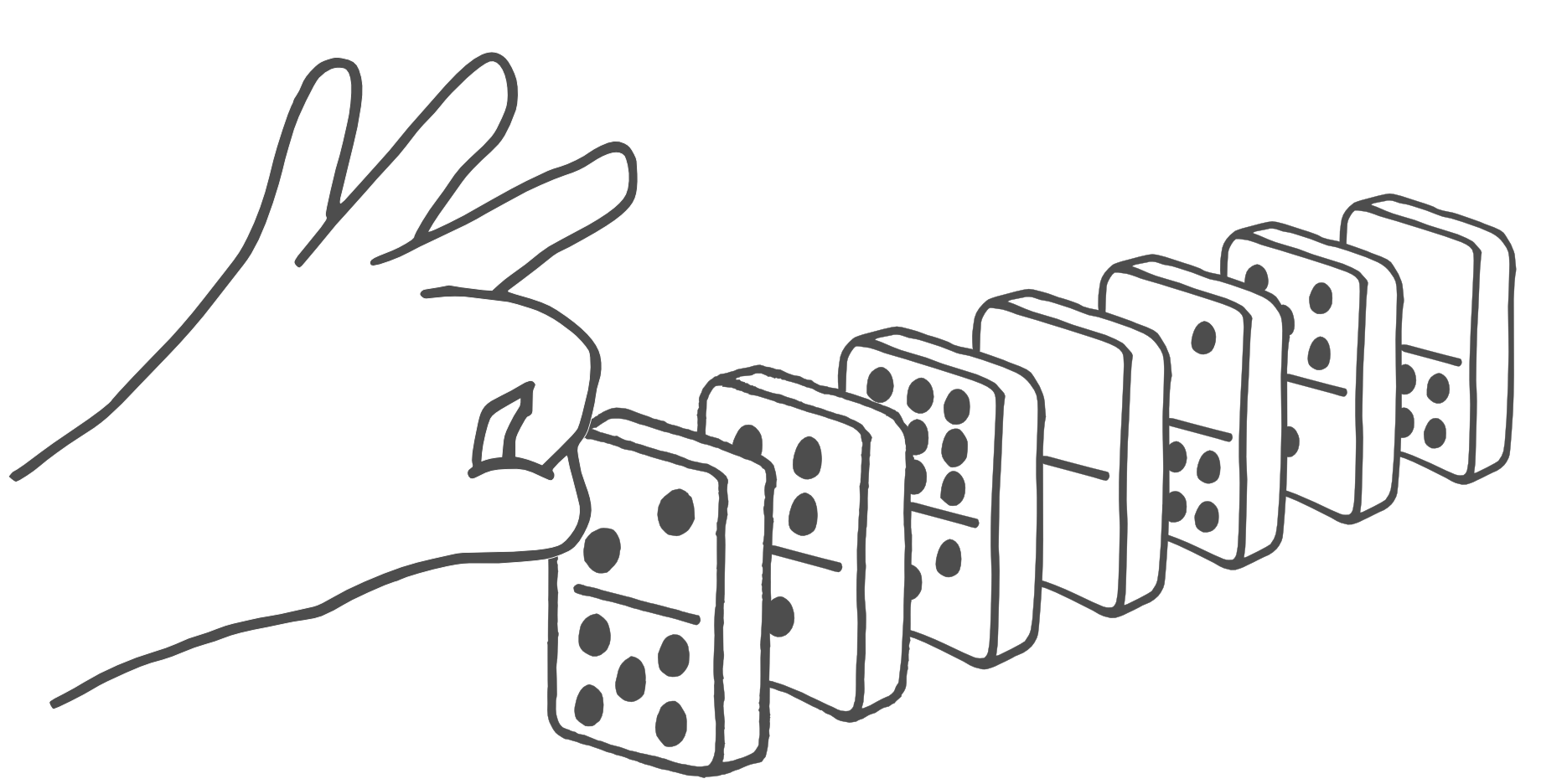
In previous sections of this book, we’ve looked at the differences between System 1 and System 2, talked about the process of turning goals into plans, and learned to distinguish useful and relevant practice from irrelevant or unproductive practice. In this section, we will combine those insights and their implications into a single, robust technique for building awareness and supporting behavioral change.
Complex chains: The parable of the Sphex
Sphexes are a genus of wasps, and for many years, a story about their behavior has been a major touchstone in cognitive science. Typically, when it comes time for egg laying, a sphex will build a burrow and fill it with paralyzed insects for her future larvae to eat. When hunting, she will sting her prey, wait for the venom to take effect, drag the prey back to the burrow entrance, leave it outside while she goes in and reconnoiters (presumably confirming the absence of predators or structural problems), and finally come back out to drag her victim inside.
This sequence of actions is elaborate, organized, and complex, and on the surface seems to indicate an impressive level of mental sophistication for an insect whose brain weighs less than a milligram. However, in 1879, French entomologist Jean Henri Fabre decided to dig deeper:
I will mention an experiment...at the moment when the Sphex is making her domiciliary visit, I take the cricket left at the entrance to the dwelling and place her a few inches farther away. The Sphex comes up, utters her usual cry, and...comes out of her hole to seize it and bring it back to its right place. Having done this, she goes down again, but alone [once more leaving the cricket outside]. I play the same trick upon her, and the Sphex has the same disappointment on her return to the surface. The victim is once more dragged back to the edge of the hole, but the wasp always goes down alone. . . forty times over, did I repeat the same experiment on the same wasp; her persistence vanquished mine and her tactics never varied.
Fabre’s own experiments on other wasps (from the same colony, from the same species but other colonies, and from other species) showed that this was not the only possible result—many wasps eventually break the pattern and drag their prey straight into the burrow. But even the quickest tend to repeat themselves four or five times, implying that the overall process is less a single, coherent strategy and more a series of disconnected if-then actions:
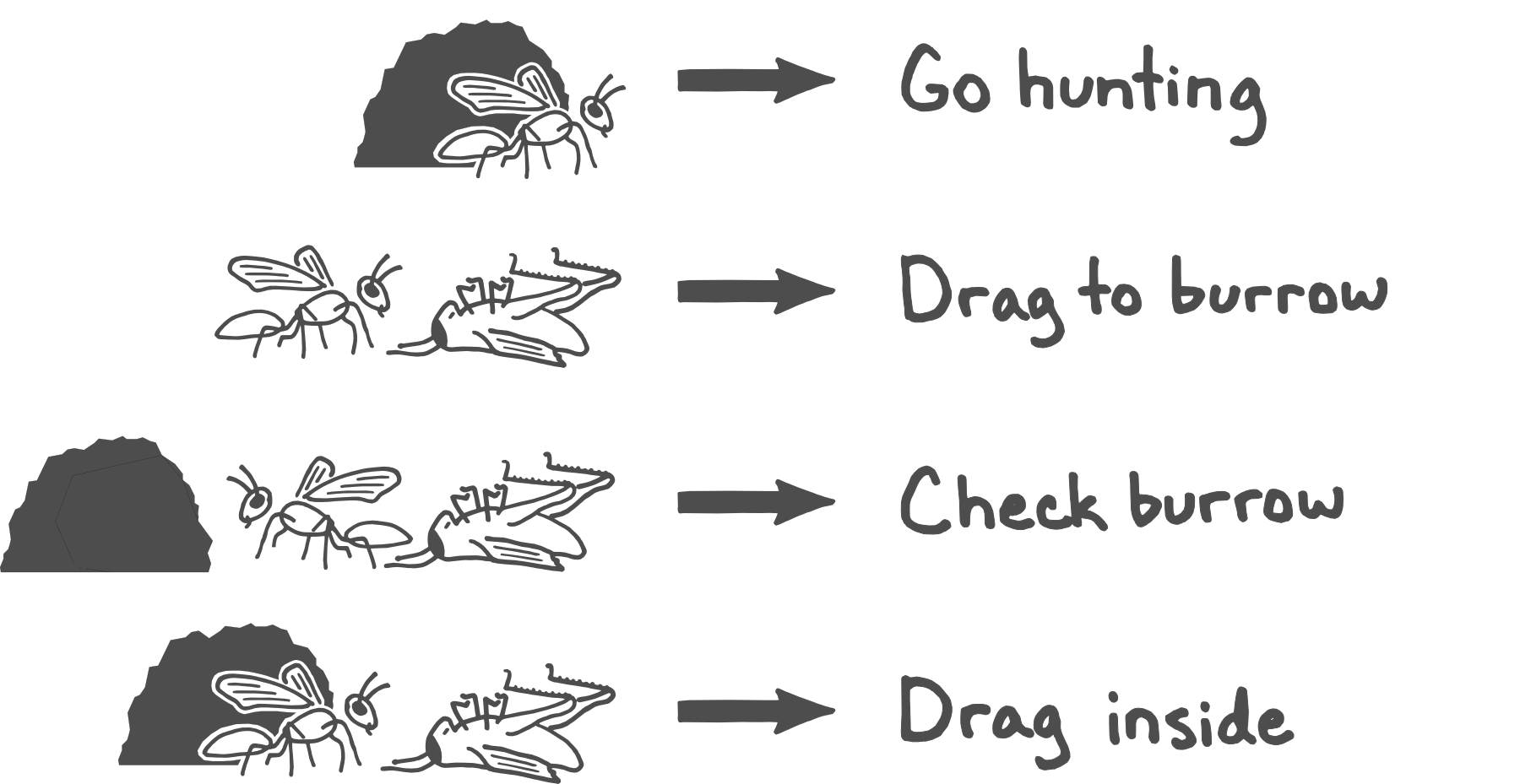
By “chaining together” a series of simple, atomic responses (e.g if I come out of my burrow and there’s a paralyzed cricket, drag it inside immediately), the sphex is able to execute complex, multi-step behaviors as if it were capable of thinking and planning ahead—even though it largely isn’t. The “intelligence” lies in the algorithm, rather than in active cognition.
The trigger-action pattern
There is another species that is capable of chaining together a series of atomic reflex actions into complex and appropriate behavior without any need for active cognition—humans! In many respects, this is what our System 1 is for—it’s constantly running in the background, aggregating all of our lived experiences and guiding our actions when we’re not paying attention. It’s because of our System 1 that we can do things that approximate multitasking—carrying on conversations while eating, thinking about upcoming weekend plans while driving in light traffic, exercising while watching TV.
One of the ways we manage this is with a host of trigger-action patterns, derived from our model of the universe and constantly reinforced through experience:
- Someone sneezes? → Say "bless you" or "gezundheit."
- Bowl of chips in front of you? → Grab one. (Grabbed one? Eat it!)
- Hear a buzz or a ping? → Pull your phone out of your pocket.
- Opened a web browser? → Go to [your usual first-click site].
- Open the fridge after shopping? → Realize you forgot to get milk.
These actions are generally quick and effortless, with our conscious minds rarely getting involved (and usually only if we run into problems, like when we get caught in “...I’m fine, and you?” loops, or when you head toward the office even though it’s the weekend, or when the left turn arrow causes you to take your foot off the brake, even though you’re going straight).
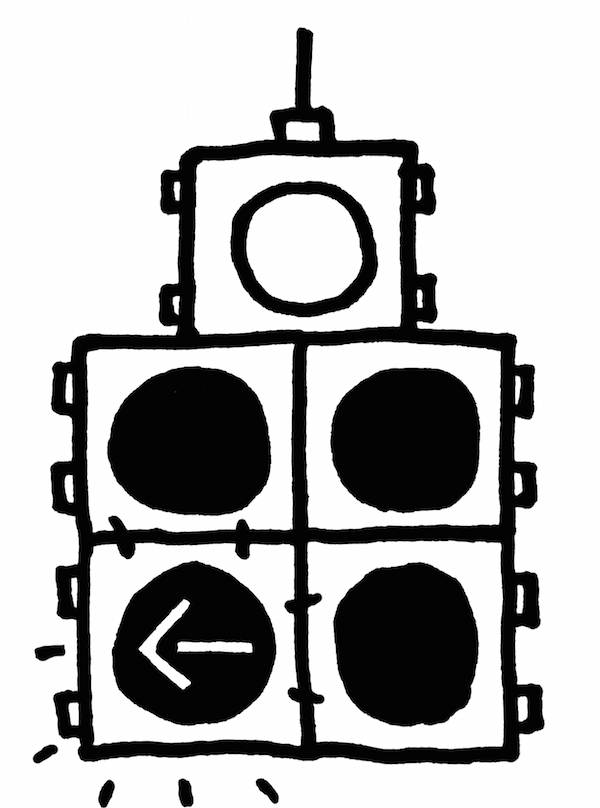
The examples above are single-step, but we all have chains, as well, for any complex task we’ve spent time reinforcing—the series of actions you take in the shower or upon arriving home, the lines of an argument you’ve had ten times already, the flow you experience while playing sports or working with machinery or playing jazz or pushing code to Github. Most people who drive spend only the tiniest amount of attention actively thinking about driving while on the road—barring heavy traffic or sudden surprises, we maintain control of our cars with dozens of trigger-action patterns.
Not every pattern is visible or obvious, either—think about the triggers that cause you to smile, or sigh, or tense up, the reliable causes of a good or bad day. We each have triggers which result in a particular emotion (often referred to as trigger-affect patterns), or triggers which bring specific words or memories to mind (like the first few words of a well-known song, or the first half of a common phrase). Sometimes these can chain and reinforce, too, all inside our heads—some stray thought triggers an emotion, and that emotion triggers another thought, which reminds us of something else, which elicits further feelings, and so on.
Consider the following:
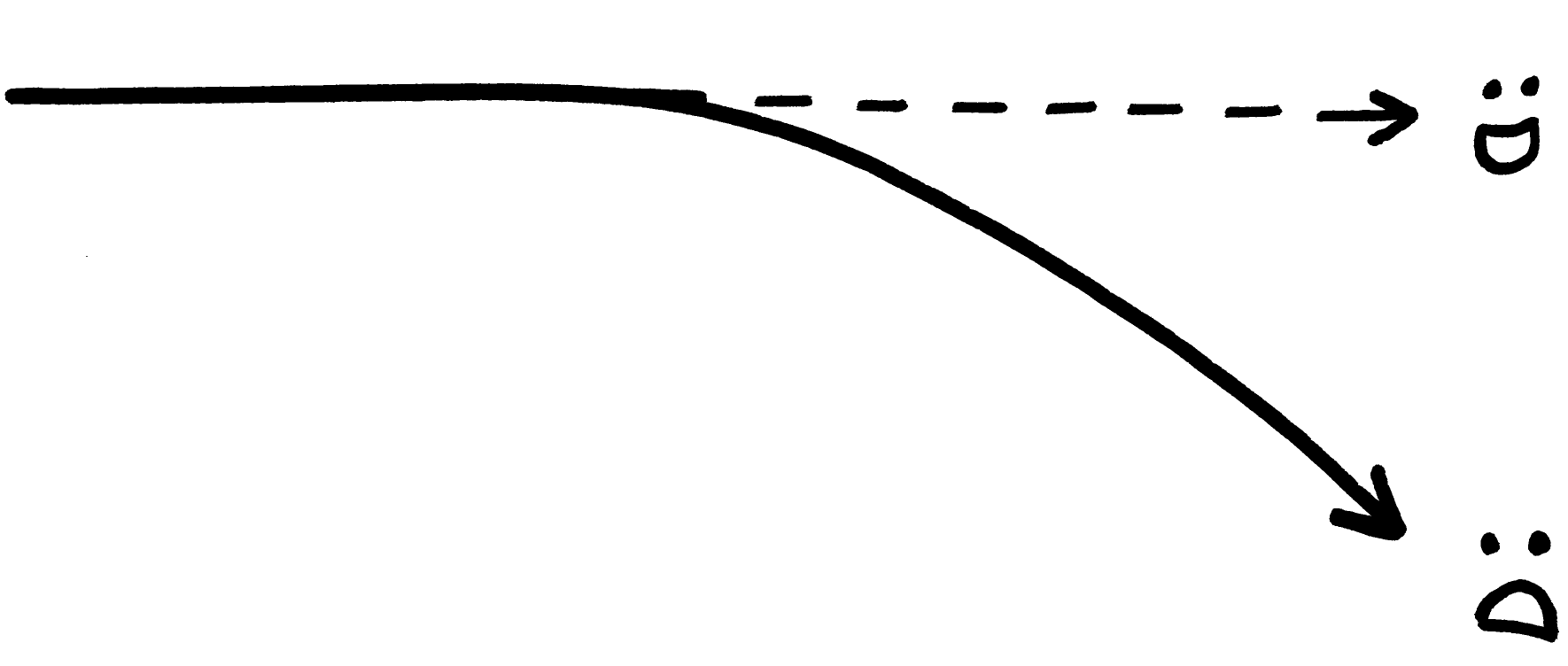
You're trucking along, living a generally good and happy life, and then something happens, and you find yourself in the sad timeline instead of the happy one. You ate an entire package of Oreos, despite intending to lose weight. You got in another fight with your romantic partner, despite genuinely not wanting to. You just straight-up forgot about your new year's resolution; it never came to mind. You road-raged, you failed to finish the presentation before the deadline, you spent all evening on Reddit instead of thinking about your research, you somehow never called them back and now it's been months and it feels too awkward.
There are a few interesting takeaways from thinking about situations like those in terms of an image like the one above.
First: for most goals and values, there actually exists a moment-of-departure from [a path consistent with the positive outcome] and [a path consistent with the negative one]. There is usually an identifiable point at which one of those outcomes becomes distinctly more likely than the other (though it may be hard to pinpoint, even after the fact).
Second: in most cases, the paths tend to get farther and farther apart over time. It's rare that one instantaneously and irrevocably leaps from 🙂 to 🙁; most of the time, there is a shift in trajectory, and one's prognosis worsens as continued-progress-along-the-wrong-path compounds.
You could think of the distance between the dotted and solid lines as a measure of the total effort required to make it back to the better timeline. The quicker you notice that you've changed course, the shorter the distance back to the better path. The less time that you've spent accelerating in the wrong direction, the less inertia you have to overcome.
Which leads to one of the key actionable insights of the TAPs perspective: there are times when the total effort to switch from 🙁 to 🙂 is zero, or close enough—e.g. simply catching the moment when you would have made the unfortunate switch, and then not doing so. In many, many cases, an epsilon of prevention is worth an omega of cure.
To put it another way:
It's not that far off to declare humans to be simply slightly-more-complicated sphex wasps, largely following the path of least resistance in accordance with a preset autopilot.
To change the outcome of a given situation, then, there must be either a) some change to the autopilot itself, or b) some turning-off of the autopilot, summoning effortful sapience.
In both a) and b), it pays to know which moment is the critical moment—either which specific if-then to change, or when a pilot's attention will do better than the preprogrammed defaults.
TAPs: From patterns to plans
A full understanding of trigger-action patterns requires close attention to concrete detail. It’s less about things like “when I exercise, I get discouraged” and more about “when I run for a while, my chest starts to ache, and when my chest starts to ache, I start thinking about how far away the end is, and when I start thinking about how far away the end is, my enthusiasm for getting fit vanishes.”
In cognitive behavioral therapy, patients are often taught to monitor their thoughts for specific words or phrases that have emotional power; kids who struggle with ADHD are sometimes encouraged to note exactly what happened right before they got distracted, and the first thing that caught their attention once they looked away.
This level of detail allows us to break down our behavior into blocks and parts, giving us a language to encode both physical and cognitive actions. That encoding often brings with it understanding and insight—a sort of gears-level awareness of what our brains are doing from moment to moment— and that insight, in turn, gives us a powerful tool for change.
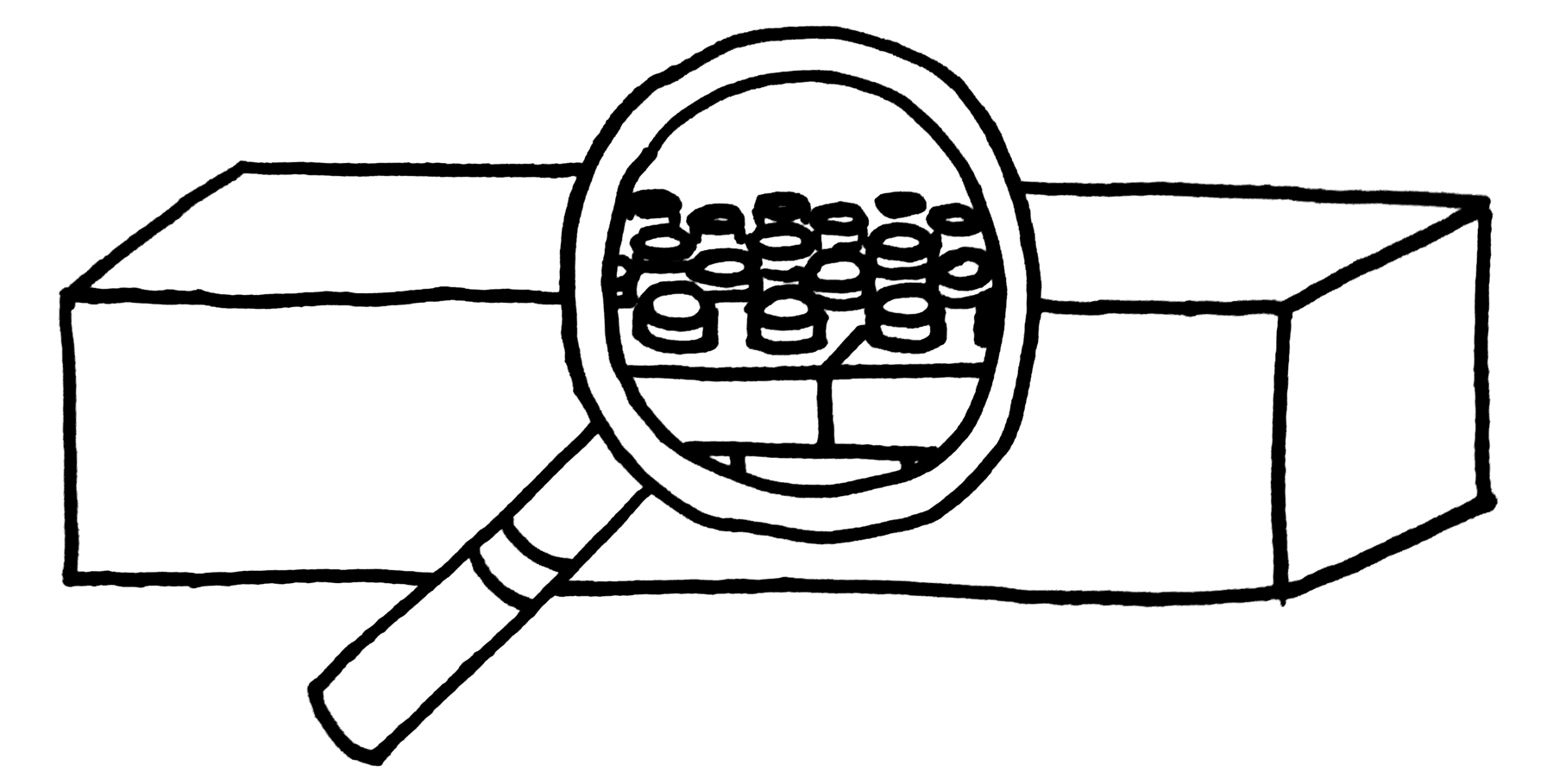
In CFAR parlance, the word “TAP” refers not only to trigger-action patterns, but also to trigger-action plans—plans which center on taking advantage of these short causal chains. TAPs are simultaneously one of the most basic and most effective tools for tinkering with our own habitual behavior, and since a large percentage of our behavior is habitual, that makes them one of our best tools, period.
Once you’re familiar with the technique, making a TAP is simple, and often takes less than a minute. It’s a quick, four-step process:
- Choose a goal (a desired outcome or behavior)
- Identify a relevant trigger (something that will happen naturally)
- Decide on an action that you want to occur after the trigger
- Rehearse the causal link (e.g. with deliberate visualization)
To start with, it’s often easiest to take existing trigger-action patterns and tweak them; sometimes changing one key link in a chain can produce an entirely new behavior. For instance, if you have a goal of exercising more, you might notice that your usual routine has you walking into the building and heading straight for an elevator. You can increase your daily physical activity with a simple TAP—when you feel the metal of the door handle (trigger), you’ll remember to look over at the stairwell (action).
Why this particular framing, instead of something like “When I go inside the building, I’ll take the stairs”? For starters, the trigger go inside the building is a little bit fuzzy. It would probably work for some people, but especially when you’re just starting to learn TAPs, it’s best to err on the side of concreteness and specificity. Feeling the metal of the handle against your palm, or hearing the squeak of the hinge, or noticing the change in temperature as you step inside—these things are clear-cut and unmistakable.
As for the action of take the stairs, well—taking the stairs is certainly specific. The problem is that it’s a relatively large action, and one that might plausibly require willpower for a lot of people. That doesn’t mean you shouldn’t do it, it just means you might want to leave it out of your TAP. One of the things that makes TAPs so powerful is that, done correctly, they don’t take effort. They build on your ordinary momentum, working by reflex and association, just as you don’t have to try to eat chips when there’s a bowl of them in front of you.
When embarking on any kind of significant behavioral change, it’s easy to get discouraged—to hit a few early failures and feel like abandoning the whole plan. TAPs, as a class, fail in one of two places:
- The trigger fails to fire (i.e. you don't notice the thing you were hoping to notice)
- You don't take the action (e.g. because it would take more energy than you have to spare)
Earlier versions of CFAR's TAPs classes did recommend actions such as "take the stairs," but following up with participants revealed that the pattern that was actually installed was often something of the form "when I feel the metal of the door handle, I will feel guilty and say mean things to myself the whole time I'm on the elevator."
By setting an action like "look at the stairs," you're both making that second failure mode much less likely (since just looking is a much lighter action), and also avoiding a kind of locking-yourself-in-a-box, predeciding-the-right-strategy kind of mistake. Rather than turning yourself back into a sphex, you are instead summoning sapience—turning off your autopilot for a moment. The TAP is a sort of pop-up dialog box that says "Hi there! This is a chance to remember that you had a goal to take the stairs more often. Would you like to do anything about that?"
In many cases, this is enough—CFAR instructor Duncan Sabien found that the best intervention to cause him to use his expensive elliptical machine was simply to touch it, each morning, as he came out of his bedroom. The problem was that Duncan's ordinary default habits didn't include using an elliptical. By walking down the hall and touching it, he shook himself out of his mindless autopilot, and subsequently spent some of his shower time thinking over the day's schedule and forming intentions about when he could most easily fit in a run.
And in cases where this is not enough—where your trigger does indeed fire, but after two weeks of giving yourself the chance to take the stairs, you discover that you have actually taken yourself up on it zero times—the solution is not TAPs! The problem lies elsewhere—it's not an issue with your autopilot, but rather with your chosen action or some internal conflict or hesitation, and there are other techniques that can be used to illuminate and solve those problems.
This isn’t to say that the more heavy-duty kind of TAP is off-limits. People do indeed get value out of just making themselves do the thing. As you grow more comfortable with TAPs, you'll get a better sense of what's viable and sustainable within your own motivational system. As usual, though, we recommend that you build form first—starting off with lightweight practice before putting your skills to a serious test.
- Goal: Eat more healthy food
TAP: Grab handle of shopping cart → Ask myself whether this is a “healthy” shopping trip, or a regular one - Goal: Do a better job of showing my friends that I care about them
TAP: Notice that something made me think of a particular friend → Write it down right away on my list of possible birthday gifts - Goal: Remember to bring a book from home
TAP: Drop my keys into the bowl by the door → Pause and think get the book and put it with my keys.
Tips for TAPs
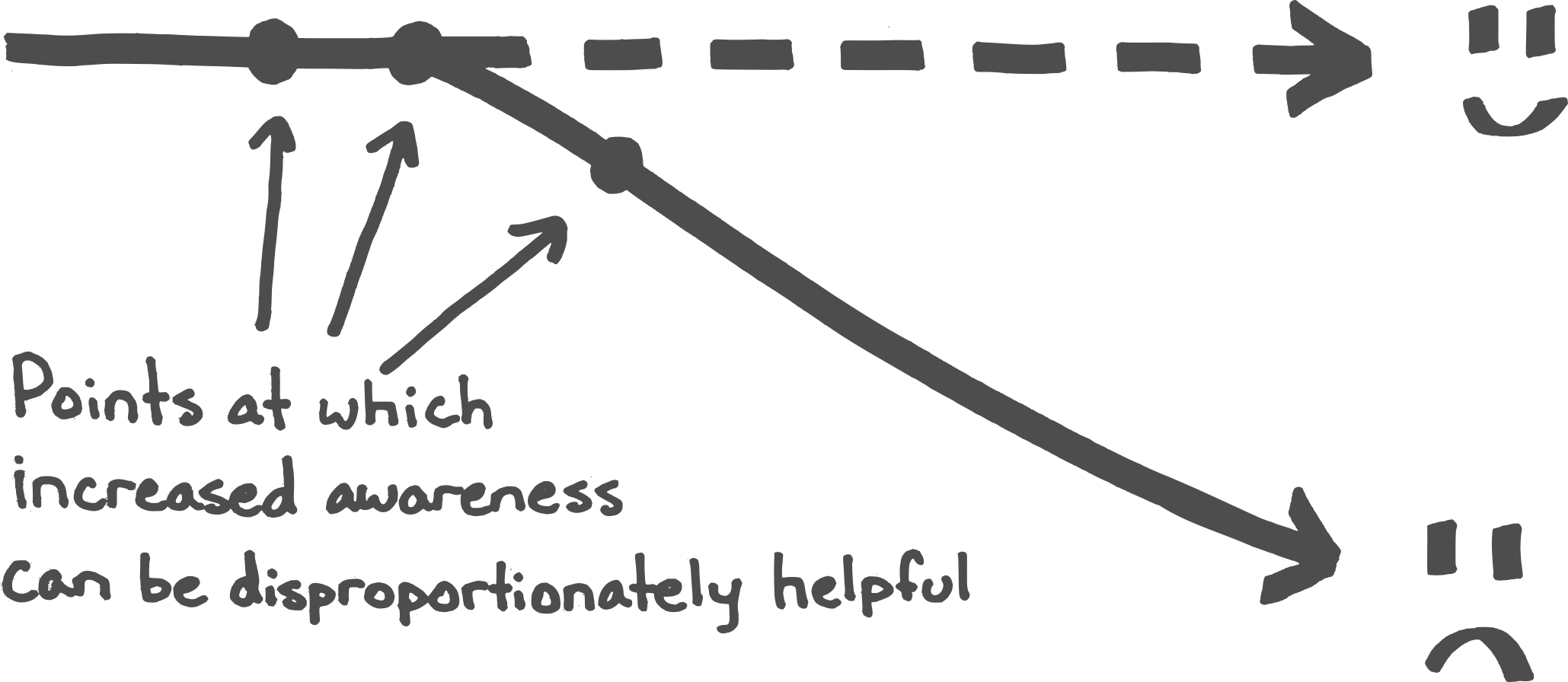
Good places to use a TAP:
- Look for weak links—places that will help you head off problems before they arise, and recover quickly from the ones you can’t prevent.
- Look for high leverage—places where you’ll have the opportunity to get significant value out of very little effort (e.g. changing shopping habits is much easier than resisting food that’s right there in the cupboard).
Selecting the right trigger:
- Look for triggers that are noticeable and concrete (e.g. “when the microwave beeps” rather than “at dinnertime”).
- Whenever possible, choose triggers that are close and relevant to the behavior you’re trying to change (for instance, a toilet flush is closer to the ideal prompt for flossing than a phone alarm would be, even though the phone alarm is highly reliable).
- Don’t forget that internal triggers (like specific thoughts and feelings) can be just as good as external ones.
Selecting the right action:
- Choose actions that are simple and atomic—if you want to do some- thing complicated, consider slowly building up a multi-TAP chain.
- Remember to pick things that you are capable of, and that require as little effort as possible.
- Think concretely and focus on relevance—choose actions that are actually useful, not ones that train the wrong skill or seem like you "should" do them.
Making TAPs stick:
- Add new TAPs one or two at a time, rather than in large batches.
- Stay close to your current/natural trigger-action patterns, and make incremental changes.
- Practice mentally rehearsing each new TAP ten times until you’ve gotten the hang of it (not three or five, but actually ten, closing your eyes and going through a complete imaginary run-through each time).
- Write down all of your intended TAPs in one place, and check the list at the end of the week.
Getting better at TAPs generally:
- Practice noticing the trigger-action patterns that already exist in your life by looking backwards (e.g. huh, I’m suddenly feeling tired and pessimistic; what happened in the last thirty seconds?). Consider adding an end-of-day review where you think back over the actions you took and the choices you made, and whether there were any where you wish you'd gone down a different branch (and what "going down a different branch" would actually look like, in practice).
- Use meta-TAPs, like a TAP to ask yourself if there are useful TAPs to be made in a given situation.
- Steal TAPs from people who are unusually effective or who do not have the problems you have, either by asking them directly what's going on in their thoughts as they do X, Y, and Z, or by modeling their behavior from the outside
- Try gain-pain movies—first imagine some exciting or attractive aspect of the future where you’ve achieved your goal, and then think about the obstacles that lie between you and that future, and then repeat several times.[1]
- Use them frequently! They’re good for goals of all sizes, and every CFAR technique can be productively framed in terms of TAPs.
Be patient with yourself
- Remember that the brain responds to reinforcement—if you notice that you missed a trigger, don't punish yourself for the failure; reward yourself for the belated noticing! Over time, your ability to notice will improve, if you don't teach your brain to regret mentioning things after the fact.
Trigger-Action Planning—Further Resources
Logan Strohl's Intro to Naturalism sequence focuses on building a particular kind of awareness that could be framed as "TAPs for Noticing."
Locke and Latham (2002) review decades of research on goal setting and performance. Among their findings: people who set a challenging, specific goal tend to accomplish more than people who set a vague goal (such as “do as much as possible”) or those who set an easy goal.
Locke, E. A., & Latham, G. P. (2002). Building a practically useful theory of goal setting and task performance: A 35 year odyssey. American Psychologist, 57, 705-717. http://goo.gl/9krv3Q
Gollwitzer and Oettingen (2011) review research on planning and goal pur- suit, with an emphasis on implementation intentions (trigger-action plans). They discuss evidence that implementation intentions can be helpful for several subskills of goal pursuit, including getting started, staying on track, overcoming obstacles, and taking advantages of opportunities, as well as cases where implementation intentions are less effective (such as when a person is not very committed to the goal). They also include specific suggestions for how to formulate trigger-action plans.
Gollwitzer, P. M., & Oettingen, G. (2011). Planning promotes goal striving. In K. D. Vohs & R. F. Baumeister (Eds.), Handbook of self-regulation: Research, theory, and applications (2nd ed., pp. 162-185). New York: Guilford. http://goo.gl/Dj8NC
A meta-analysis of 94 studies involving 8461 participants found that inter- ventions involving implementation intentions produced an average effect size of d = 0.65 (Gollwitzer & Sheeran, 2006). A similar effect size was found in the 34 studies which involved behavioral change on a personal or health goal (d = 0.59).
Gollwitzer, P. M., & Sheeran, P. (2006). Implementation intentions and goal achievement: A meta-analysis of effects and processes. Advances in Experimental Social Psychology, 38, 69-119. http://goo.gl/AHHUUk
Mental contrasting is the practice of imagining a desired future where a goal has been achieved, and then contrasting it with the current imperfect situation where there are still obstacles to achieving the goal. Oettingen (2012) reviews dozens of studies showing that mental contrasting tends to increase commitment to a goal, including energy and determination, in a way that does not occur in people who merely fantasize about a desired future, or in those who merely think about the current situation and its obstacles (though this effect only occurs when the desired future seems achievable).
Oettingen, G. (2012). Future thought and behavior change. In W. Stroebe & M. Hewstone (Eds.), European Review of Social Psychology, 23, 1-63. http://goo.gl/ov54yp
Mental contrasting can be a helpful precursor to the formulation of implementation intentions, since it increases goal commitment and brings to mind obstacles which trigger-action planning can address. Several experiments involving real-world behavior change have used an intervention which combined mental contrasting and implementation intentions, and one such study (Adriaanse et al., 2010) found that this combined intervention was more effective than either one alone at reducing consumption of an unhealthy food.
Adriaanse, M. A., Oettingen, G., Gollwitzer, P. M., Hennes, E. P., de Ridder, D. T. D., & de Witt, J. B. F. (2010). When planning is not enough: Fighting unhealthy snacking habits by mental contrasting with implementation intentions (MCII). European Journal of Social Psychology, 40, 1277-1293. http://goo.gl/MCV88X
Psychologist Heidi Grant Halvorson’s book Succeed provides a practical summary of research on goal achievement, including an account of implementation intentions and mental contrasting.
Halvorson, Heidi Grant (2010). Succeed: How we can reach our goals. http://www.heidigranthalvorson.com/
- ^
First developed by psychologist Gabrielle Oettingen under the name “mental contrasting.” Gain-pain movies have been shown to be an excellent companion to TAPs, increasing enthusiasm, emotional resistance, and awareness of goal relevance.